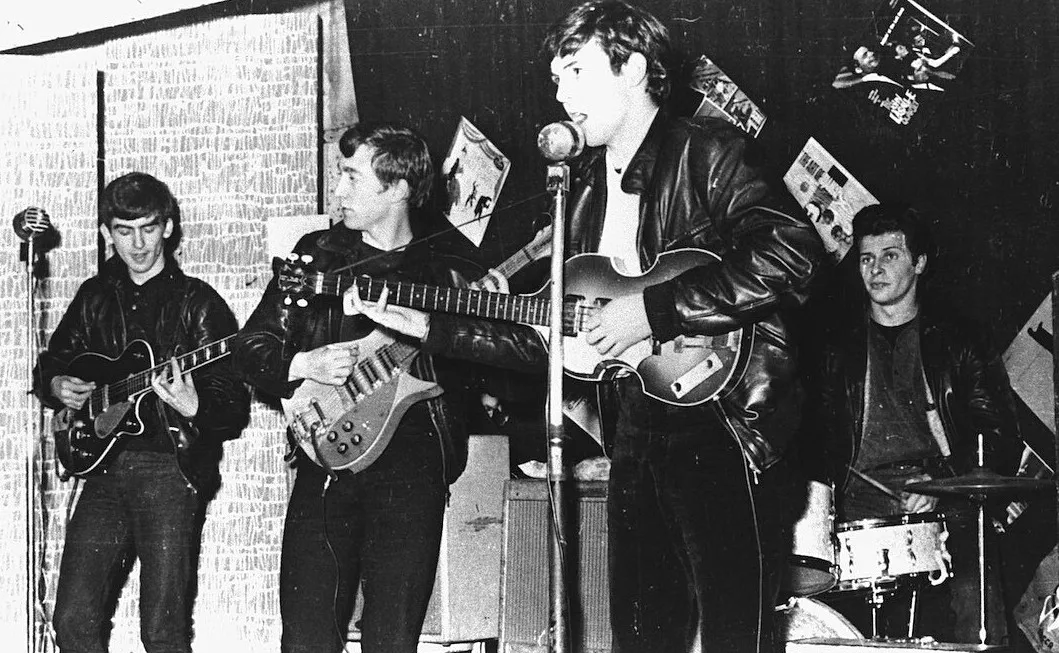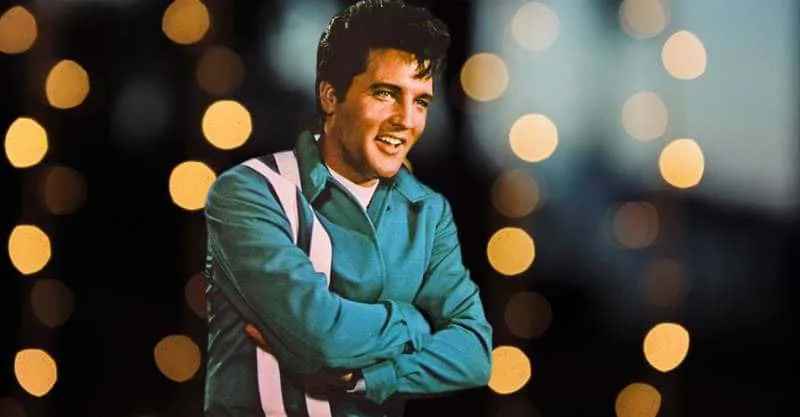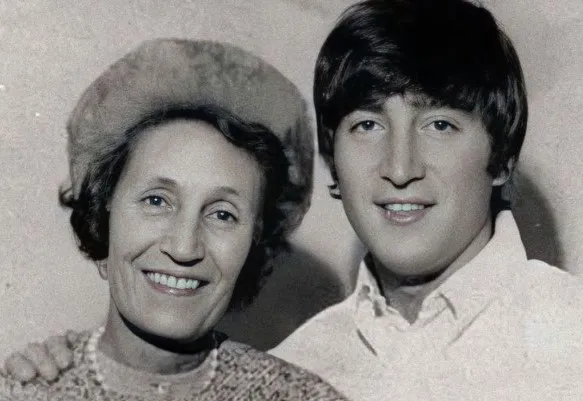The Beatles are undoubtedly one of the most iconic bands in the history of music, but what truly set them apart wasn’t just their catchy melodies or charismatic performances. It was their groundbreaking approach to music recording that played a pivotal role in defining their sound. From innovative studio techniques to creative uses of equipment, The Beatles revolutionized the art of recording, influencing countless musicians and producers who followed in their footsteps. Let’s delve into the recording secrets that helped shape the music of The Beatles and explore how these techniques made them legends in the studio.
The Beatles and Abbey Road Studios: A Match Made in Heaven
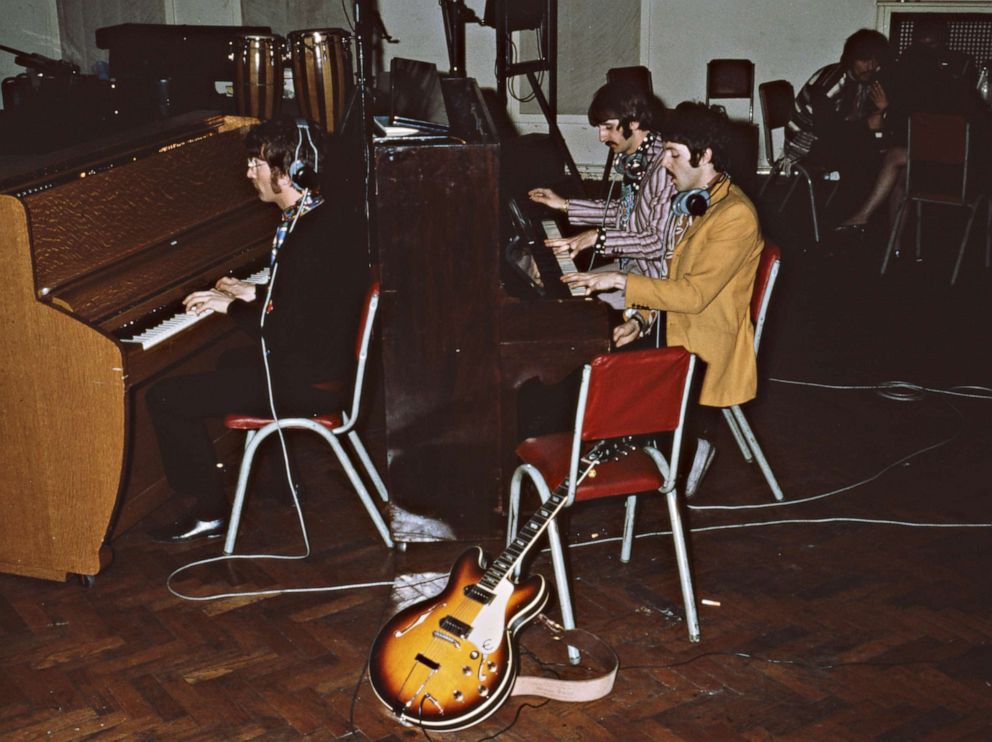
When discussing The Beatles’ recording secrets, one cannot overlook the significance of Abbey Road Studios. Located in London, Abbey Road became the band’s creative laboratory, where they spent countless hours experimenting with sounds, instruments, and recording techniques. Under the guidance of producer George Martin and engineer Geoff Emerick, The Beatles transformed Abbey Road into a hub of musical innovation.
The studio itself was equipped with state-of-the-art technology for the time, including four-track tape machines that allowed for more complex arrangements and overdubbing. But what made Abbey Road truly special was the freedom it gave The Beatles to push the boundaries of what was possible in a recording studio. This freedom, combined with the technical expertise of Martin and Emerick, created the perfect environment for The Beatles to explore new sonic territories.
Pioneering the Art of Multitrack Recording
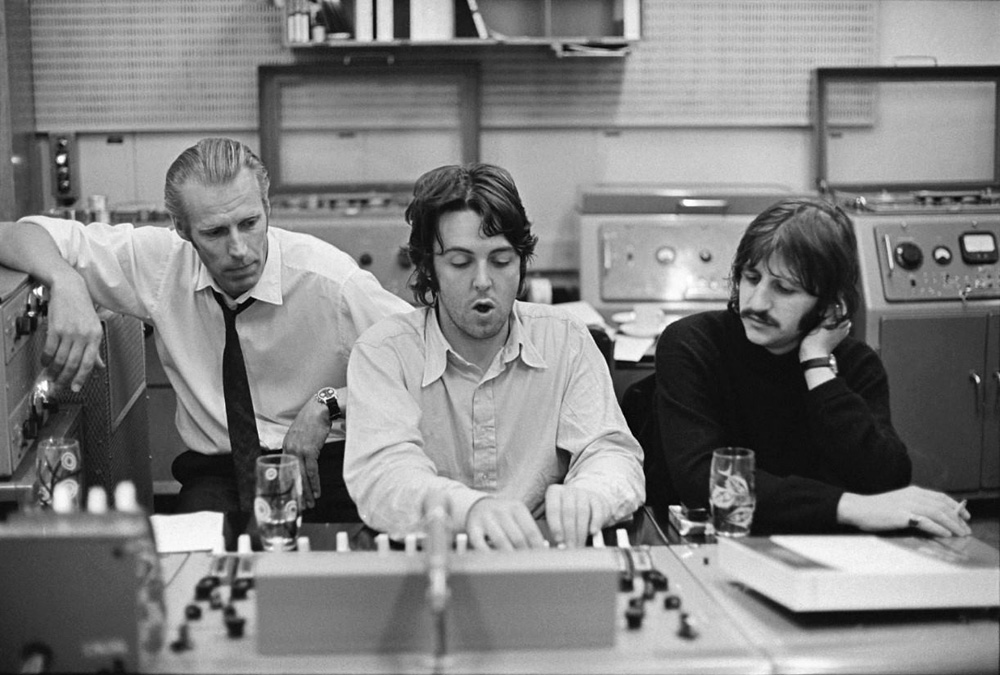
One of the key innovations that The Beatles brought to the recording process was their use of multitrack recording. In the early days of their career, the band was limited to just two or four tracks, but they quickly realized the potential of layering multiple recordings on top of one another. This technique allowed them to build rich, complex soundscapes that were impossible to achieve with live recording alone.
For example, on their groundbreaking album Sgt. Pepper’s Lonely Hearts Club Band, The Beatles used multitrack recording to create intricate arrangements that blended rock, orchestral music, and avant-garde sound effects. Songs like "A Day in the Life" featured multiple layers of instruments and vocals, each meticulously crafted and recorded separately, then combined to create a seamless final product.
This approach to recording was revolutionary at the time and set a new standard for how music could be produced. It gave The Beatles the ability to experiment with different sounds and textures, allowing them to create songs that were both sonically diverse and artistically cohesive.
Tape Manipulation: Stretching the Limits of Imagination
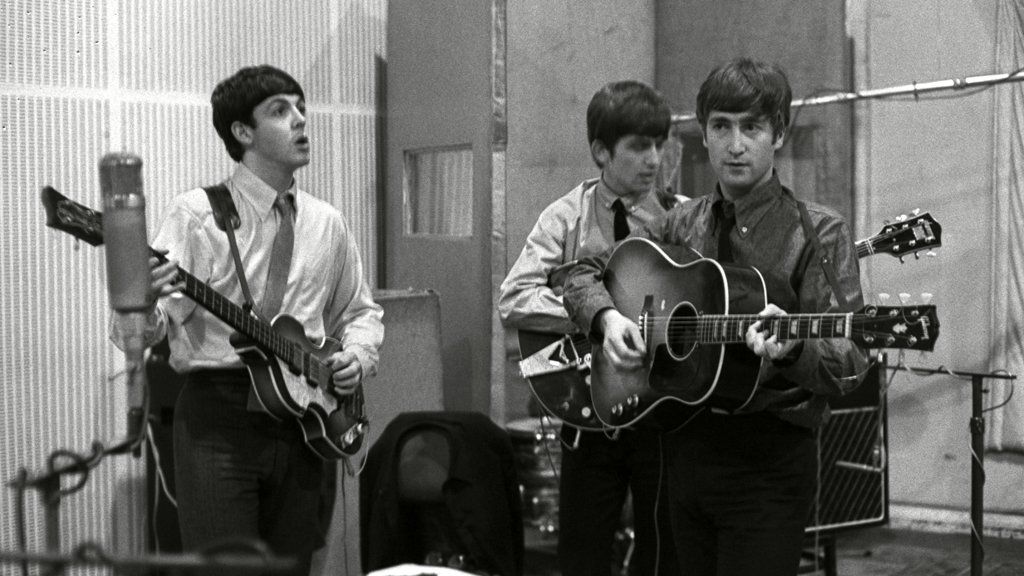
The Beatles were not just musicians—they were sonic architects who used the recording studio as an instrument in itself. One of their most famous recording secrets was their use of tape manipulation techniques to achieve unique sounds that had never been heard before.
One such technique was "varispeed," which involved altering the speed of the tape during recording or playback. By slowing down or speeding up the tape, The Beatles were able to change the pitch and tone of their recordings, creating otherworldly effects. For instance, the vocals on "Lucy in the Sky with Diamonds" were recorded at a slower speed and then played back faster, giving John Lennon’s voice an ethereal, dreamlike quality.
Another technique they employed was tape loops, where a short segment of tape was spliced into a loop and played continuously. This was used to great effect on tracks like "Tomorrow Never Knows," where a series of tape loops were layered to create a hypnotic, swirling soundscape that was far ahead of its time.
These tape manipulation techniques were a testament to The Beatles’ willingness to experiment and their desire to push the boundaries of what could be achieved in the studio. They weren’t content to simply record songs—they wanted to create auditory experiences that transported listeners to new and exciting places.
The Use of Unconventional Instruments and Sound Effects
:max_bytes(150000):strip_icc():focal(959x732:961x734)/revolver-special-edition-beatles-apple-103122-tout-8d1a42f533554ea0b1667766bf7d4262.jpg)
The Beatles were never afraid to incorporate unconventional instruments and sound effects into their recordings, often using objects and sounds that most musicians would never consider. This adventurous spirit helped them craft some of the most distinctive and memorable music of their era.
One of the most famous examples of this is the use of a wine glass in "A Day in the Life." During the orchestral build-up in the middle of the song, a wine glass was struck with a spoon to create a high-pitched, eerie ringing sound that added to the song’s haunting atmosphere. Similarly, on "Strawberry Fields Forever," the band used a Mellotron, an early keyboard instrument that played tape loops of orchestral instruments, to create the iconic flute-like intro.
In addition to these unconventional instruments, The Beatles also made extensive use of sound effects. On "Yellow Submarine," they recorded the sounds of bubbles, chains, and other nautical noises to create the feeling of being underwater. They even went as far as to record the sound of a cash register for "Money (That’s What I Want)" to emphasize the song’s theme of materialism.
These creative uses of instruments and sound effects were a hallmark of The Beatles’ recording process. They weren’t just making music—they were crafting sonic landscapes that were as vivid and imaginative as any painting or film.
The Influence of George Martin: The Fifth Beatle

While The Beatles were the creative force behind their music, much of their success in the studio can be attributed to the influence of their producer, George Martin. Often referred to as "The Fifth Beatle," Martin played a crucial role in helping the band realize their musical vision.
Martin’s classical training and technical expertise were invaluable in the studio. He was able to translate The Beatles’ sometimes vague or abstract ideas into concrete musical arrangements, often suggesting innovative techniques or instruments that the band might not have considered. For example, it was Martin who suggested using a string quartet on "Yesterday," which became one of the most iconic and widely covered songs in popular music history.
But perhaps more importantly, Martin was willing to take risks and experiment alongside The Beatles. He was open to trying new ideas, no matter how unconventional they might have seemed, and his willingness to push the envelope helped The Beatles create some of their most groundbreaking work.
The Legacy of The Beatles’ Recording Techniques
The recording secrets of The Beatles have left a lasting legacy on the music industry. Their willingness to experiment, innovate, and push the boundaries of what was possible in the studio set a new standard for music production that continues to influence artists and producers to this day.
The techniques they pioneered—multitrack recording, tape manipulation, the use of unconventional instruments and sound effects—are now standard practices in the recording industry. But beyond the technical innovations, The Beatles’ approach to recording was characterized by a spirit of creativity and exploration that has inspired generations of musicians to think outside the box and use the studio as a tool for artistic expression.
The Beatles were more than just a band—they were pioneers of sound who revolutionized the art of music recording. Their innovative techniques and fearless experimentation helped them create some of the most memorable and influential music of the 20th century. From their use of multitrack recording to their mastery of tape manipulation and their willingness to incorporate unconventional instruments and sound effects, The Beatles set the stage for modern music production. Today, their legacy lives on, not just in the songs they left behind, but in the countless artists who continue to be inspired by their recording secrets.

